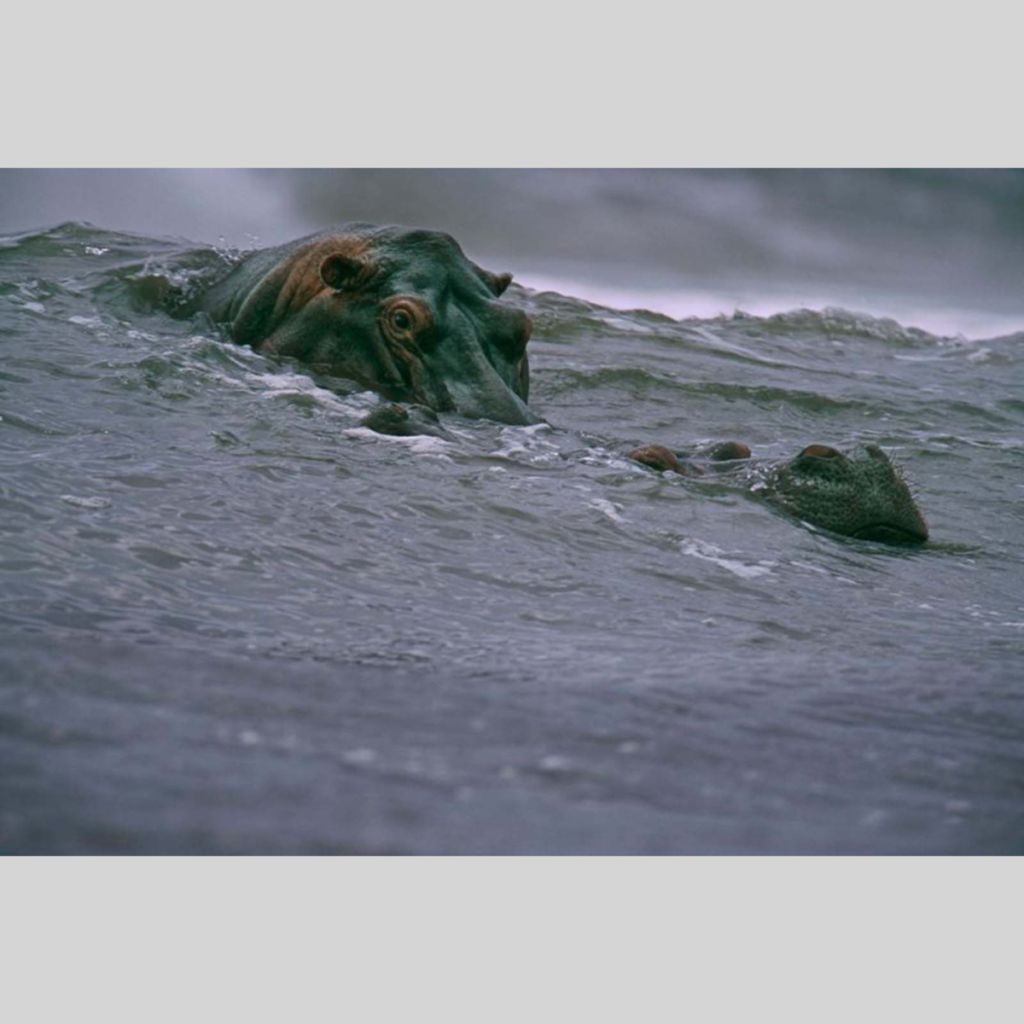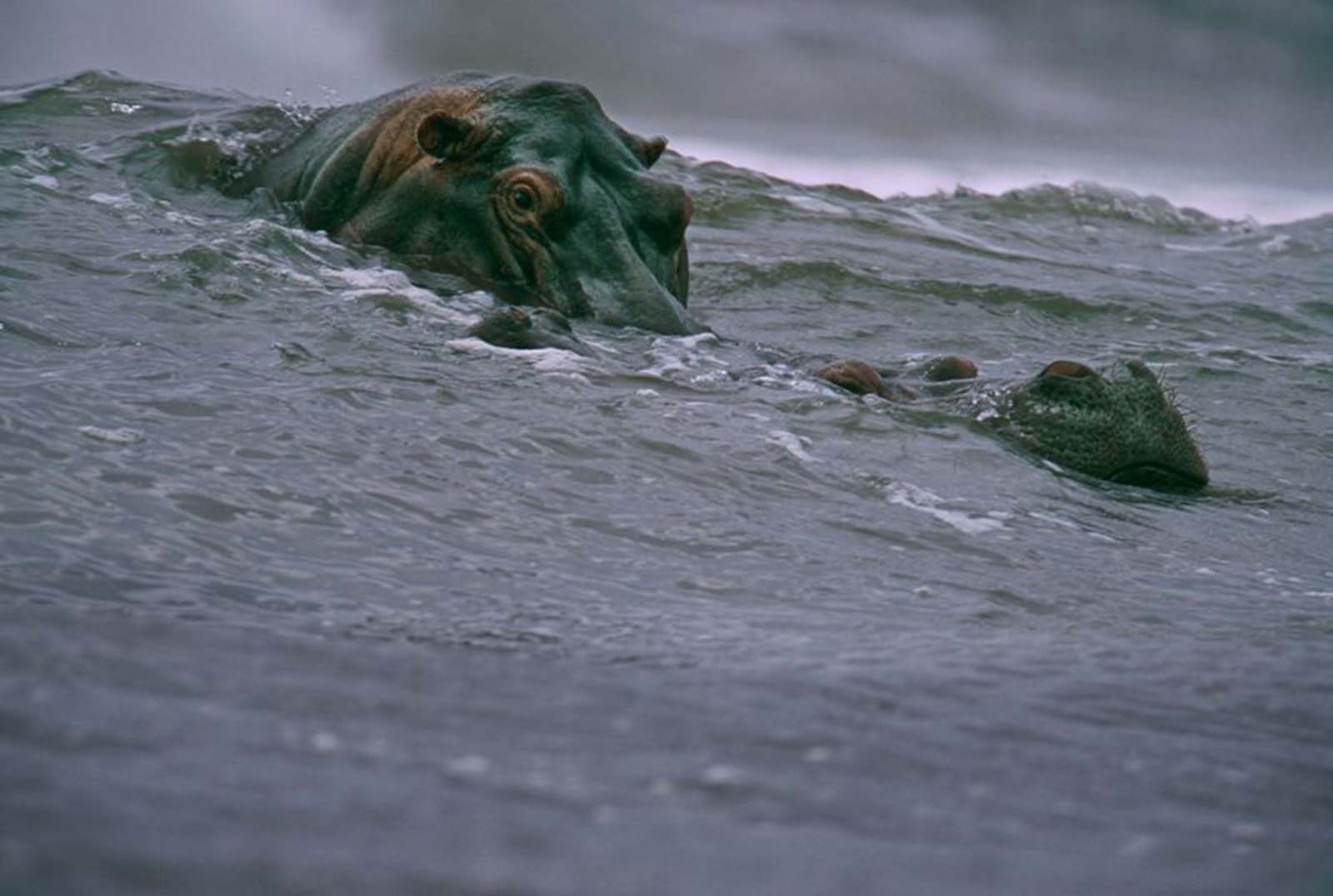
 Seven billion human beings take up a certain amount of space, which is one reason why wilderness—true, untouched wilderness—is fast dwindling around the world. Even in Africa, where lions and elephants still roam, the space for wild animals is shrinking.
Seven billion human beings take up a certain amount of space, which is one reason why wilderness—true, untouched wilderness—is fast dwindling around the world. Even in Africa, where lions and elephants still roam, the space for wild animals is shrinking.
That’s what makes Michael Nichols’ photograph so special. Nichols and the National Geographic Society explorer Michael Fay undertook an arduous 2,000-mile trek from the Congo in central Africa to Gabon on the continent’s west coast.
That was where Nichols captured a photograph of something astonishing—hippopotamuses swimming in the midnight blue Atlantic Ocean.
It was an event few had seen before—while hippos spend most of their time in water, their habitat is more likely to be an inland river or swamp than the crashing sea.
The photograph itself is reliably beautiful, the eyes and snout of the hippo peeking just above the rippling ocean surface. But its effect was more than aesthetic.
Gabon President Omar Bongo was inspired by Nichols’ pictures to create a system of national parks that now cover 11 percent of the country, ensuring that there will be at least some space left for the wild.